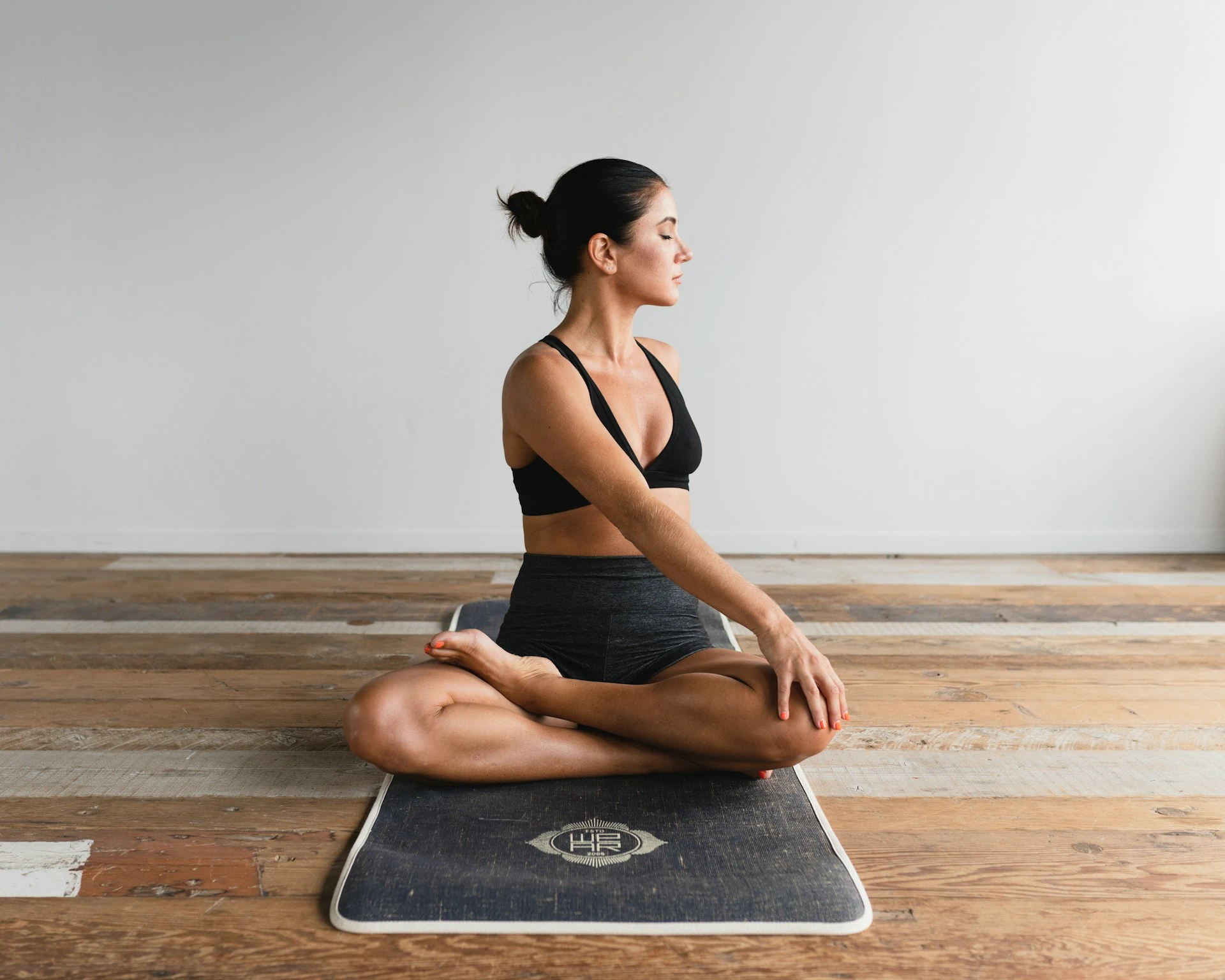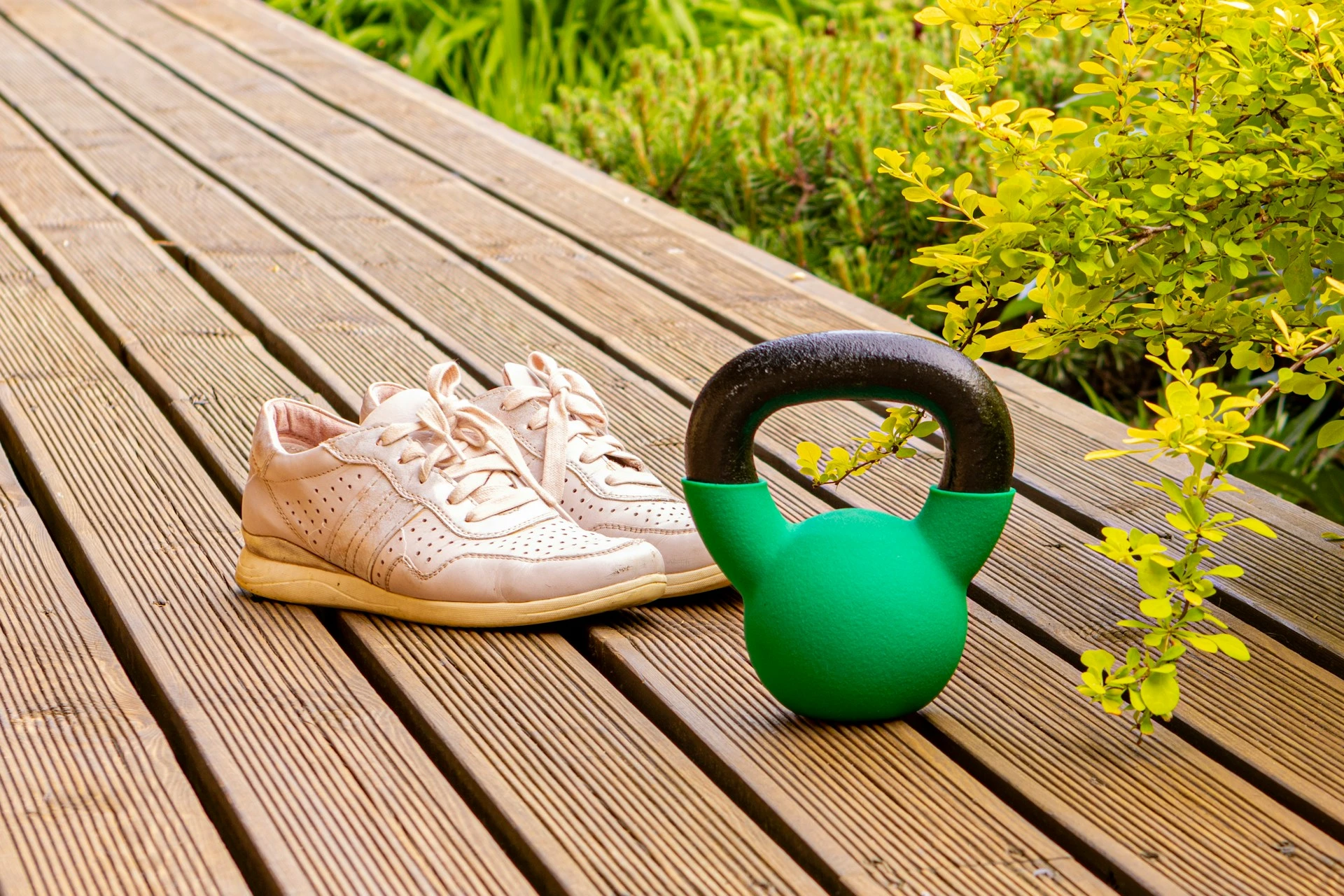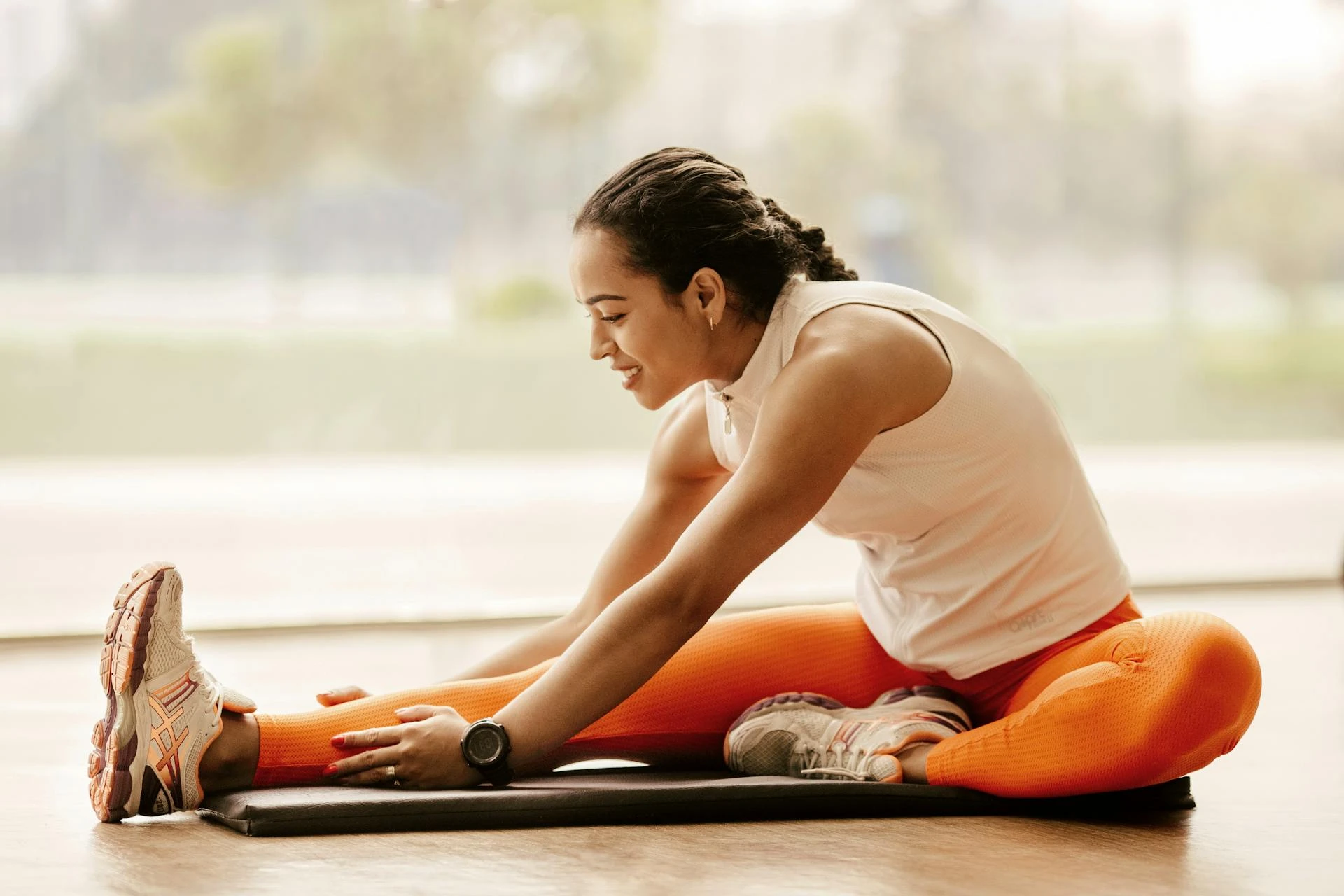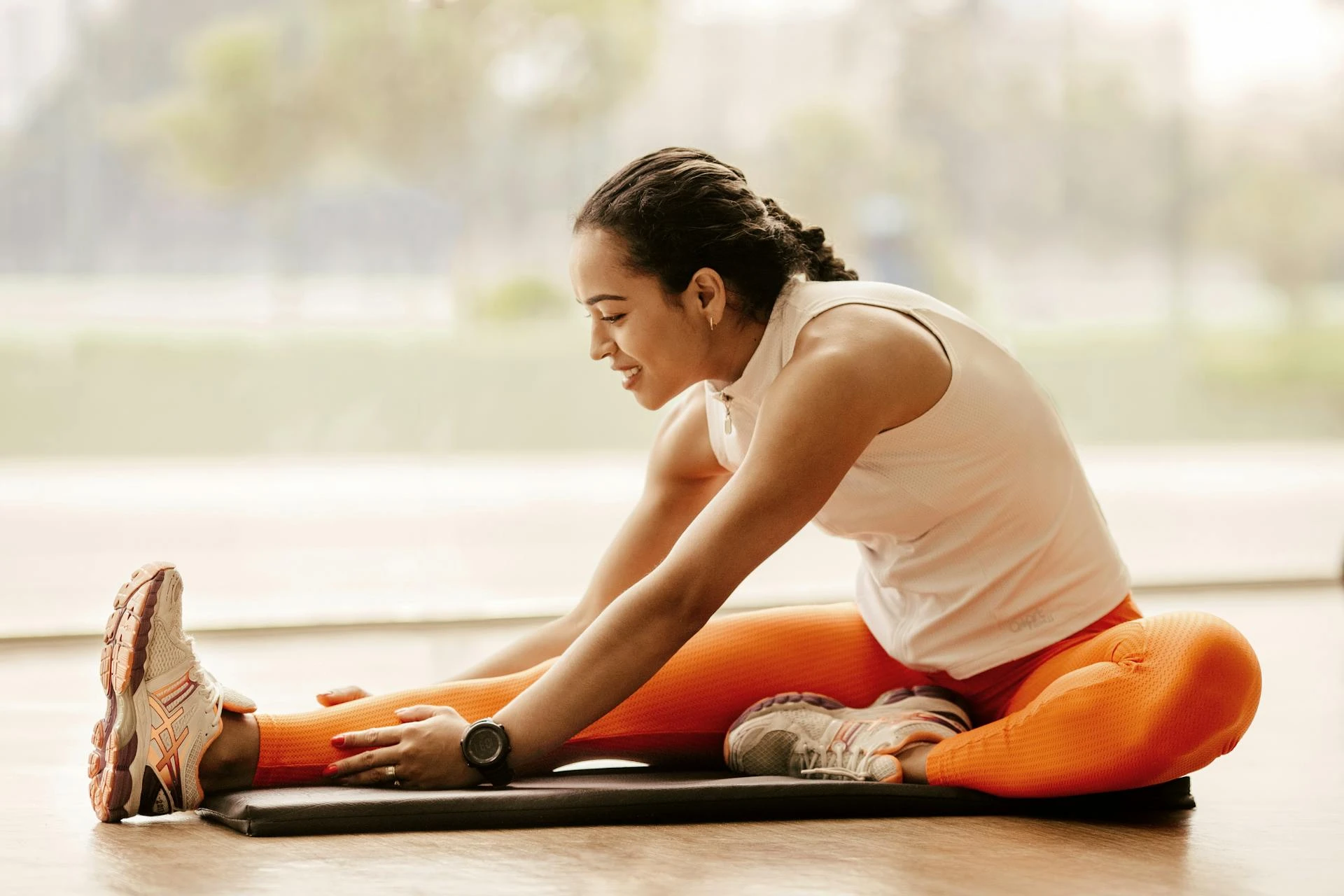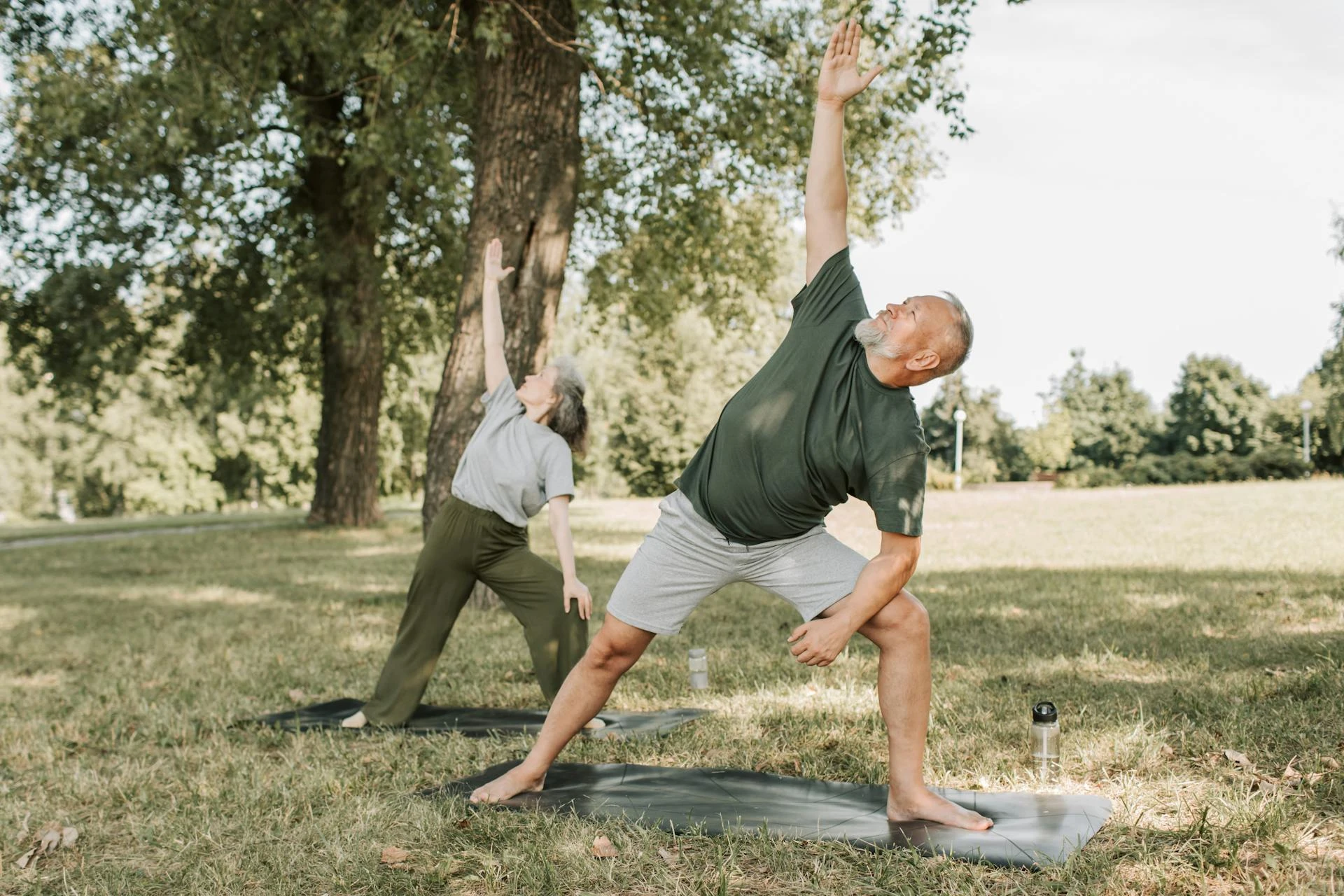Table of Contents
Exercise is one of the most powerful tools for managing diabetes—but when you’re dealing with joint pain, stiffness, or arthritis, working out can feel more like a challenge than a solution.
The good news is that you don’t need high-impact routines or intense workouts to get the benefits. Low-impact exercises can improve blood sugar control, support weight management, reduce inflammation, and protect your joints—all at the same time.
This article will guide you through safe and effective low-impact workouts for people living with diabetes and joint pain, along with tips for staying consistent, comfortable, and injury-free.
Why Exercise Matters for People With Diabetes
Physical activity helps lower blood sugar by:
- Increasing insulin sensitivity
- Allowing muscles to absorb more glucose
- Supporting fat loss and lean muscle gain
- Improving circulation
- Reducing stress and inflammation
Even small amounts of movement, done regularly, can lead to better energy levels, lower A1C, and reduced risk of complications.
For those with joint pain, the right type of exercise can also:
- Strengthen muscles that support the joints
- Improve mobility and range of motion
- Reduce stiffness
- Ease chronic inflammation
The key is finding activities that are gentle on your body but strong in results.
What Is Low-Impact Exercise?
Low-impact exercises are activities that minimize stress on the joints while still elevating your heart rate and activating large muscle groups.
They include:
- Movements that don’t involve jumping or pounding
- Workouts where one foot stays on the ground at all times
- Routines that focus on control and stability over speed or intensity
These exercises are ideal for people with:
- Knee pain
- Hip stiffness
- Back discomfort
- Osteoarthritis
- Neuropathy or reduced balance
Let’s explore the best low-impact exercises for managing diabetes and protecting your joints.
1. Walking (Outdoors or Treadmill)
Walking is one of the simplest, most accessible low-impact exercises—and it offers excellent benefits for blood sugar and joint health.
Tips:
- Start with 10–15 minutes per day, gradually increasing to 30–45 minutes
- Wear supportive shoes with cushioned soles
- Walk on softer surfaces like grass or tracks to reduce joint stress
- Use walking poles for balance and arm engagement if needed
Walking after meals can help reduce post-meal glucose spikes.
2. Swimming or Water Aerobics
Exercising in water reduces joint pressure while providing full-body resistance, making it one of the best low-impact options.
Benefits:
- Supports weight loss without joint strain
- Improves cardiovascular endurance and muscle tone
- Keeps the body cool while moving
Check local pools for adult swim programs or guided water aerobics classes designed for joint-friendly fitness.
3. Cycling (Stationary or Outdoor)
Cycling is easy on the knees and hips while effectively raising the heart rate.
Options:
- Stationary bikes at the gym or home
- Recumbent bikes (with back support)
- Outdoor cycling on flat surfaces
Start with 10–20 minutes and adjust resistance to a comfortable level. Always ensure seat and handlebar height are properly adjusted to prevent strain.
4. Chair Workouts
Chair exercises are perfect for people with limited mobility, poor balance, or chronic pain.
Examples:
- Seated leg lifts
- Arm circles with light weights
- Seated marching or knee lifts
- Gentle torso twists
- Resistance band stretches
Many guided chair workout videos are available online and designed specifically for seniors and people with diabetes.
5. Yoga
Yoga combines gentle stretching, balance, and deep breathing—all beneficial for joint function and blood sugar regulation.
Best styles for joint pain:
- Hatha yoga
- Gentle yoga
- Chair yoga
- Restorative yoga
Yoga can also reduce stress, which positively impacts blood glucose and inflammation.
Modify poses as needed and use props like blocks, straps, or bolsters for support.
6. Tai Chi
Tai chi is a slow, flowing martial art that promotes balance, flexibility, and mind-body awareness.
Benefits:
- Improves coordination and joint mobility
- Enhances circulation
- Reduces fall risk
- Supports blood sugar balance through stress reduction
Tai chi is often available at community centers or in virtual class formats for beginners.
7. Resistance Training (Low-Weight or Bodyweight)
Strengthening the muscles around your joints offers protection and stability, which is especially important for people with arthritis or diabetes-related muscle loss.
Low-impact strength options:
- Wall push-ups
- Bodyweight squats to a chair
- Bicep curls with light dumbbells
- Resistance band rows
- Step-ups on a low platform
Focus on controlled movement and avoid fast, jerky motions. Start with 1–2 sets of 8–10 reps and build gradually.
How Often Should You Exercise?
Aim for:
- At least 150 minutes per week of low-impact aerobic activity
- 2–3 strength training sessions per week (non-consecutive days)
- Daily stretching or mobility work
Consistency matters more than intensity. Even 10–15 minutes per day makes a difference when done regularly.
Tips to Exercise With Joint Pain Safely
- Warm up first: Start with 5 minutes of gentle movement to loosen joints
- Use heat therapy: A warm shower or heating pad can reduce stiffness before exercise
- Listen to your body: Stop if you feel sharp pain, dizziness, or discomfort
- Stay hydrated: Dehydration can worsen fatigue and joint irritation
- Alternate exercises: Rotate between different types of workouts to reduce overuse
- Track your glucose: Monitor before and after workouts to understand your body’s response
If joint pain worsens during exercise, talk to a physical therapist or your doctor. They can help modify movements and create a safe routine for your needs.
Scientific References
- American Diabetes Association. (2022). Physical Activity Recommendations for Diabetes Management
- Harvard Health Publishing. (2021). Joint-Friendly Exercises for People With Arthritis and Diabetes
- Mayo Clinic. (2023). Exercise Tips for People With Diabetes and Joint Pain

